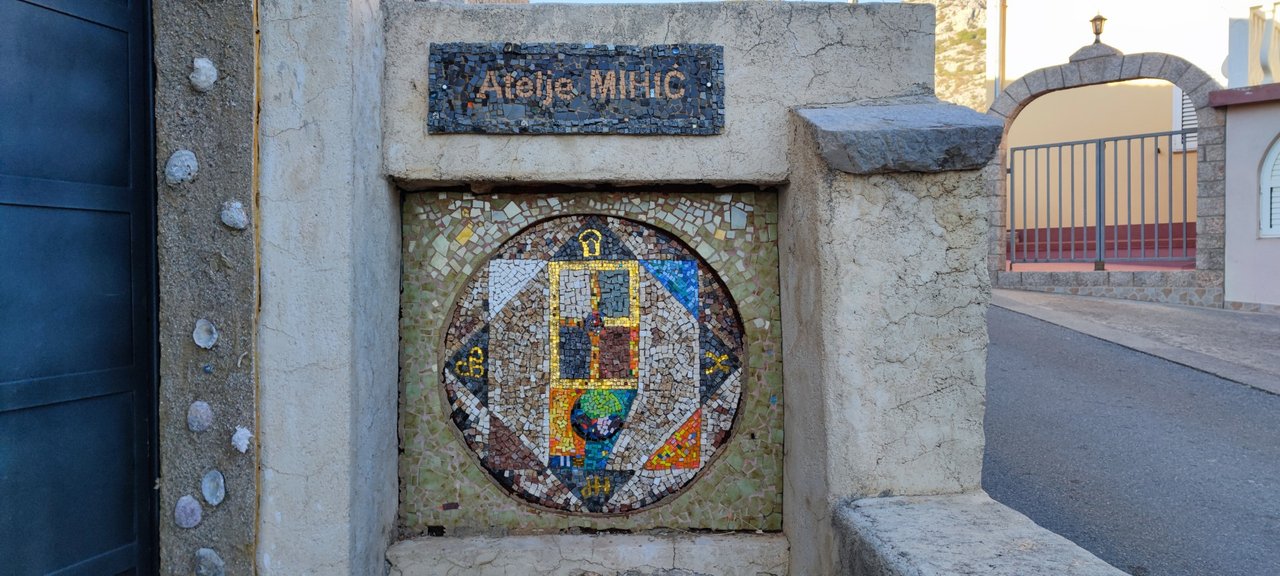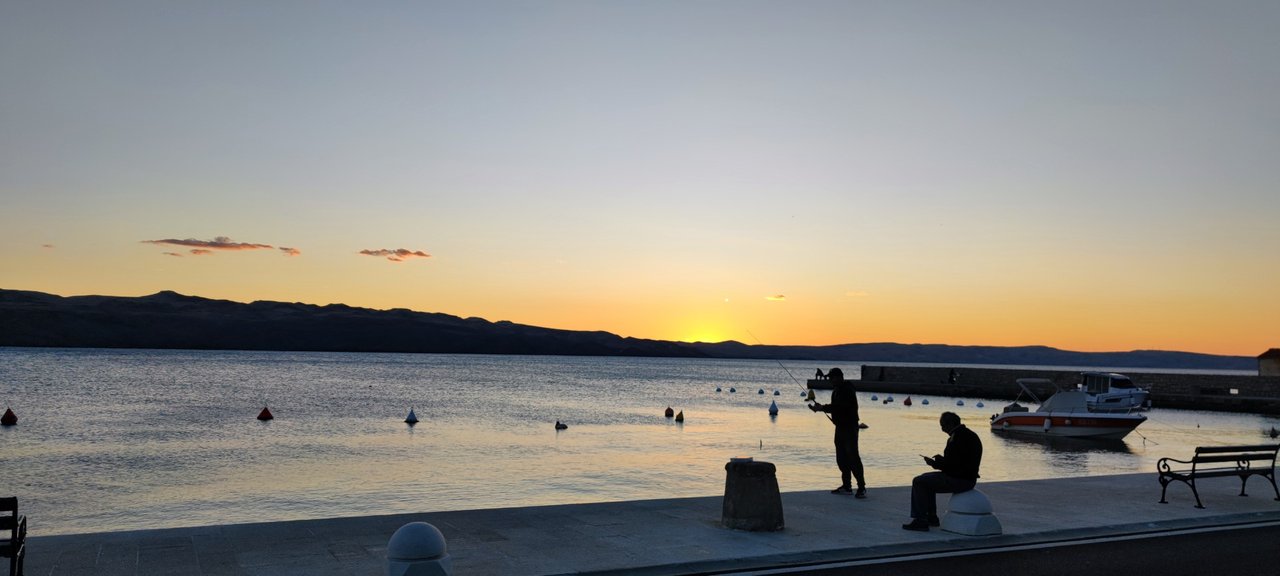The Croatian coast is the California of Europe. However, those who drive the E71 from the beautiful coastal town of Rijeka down to the Albanian border will not notice much of it. Too much Autobahn, too much modernity. It is better to take the nearby R65, which runs directly along the sea like the highway 1 overseas. If she doesn't, there is always a country road just one exit away, often hardly used and with priceless views of the Adriatic Sea.
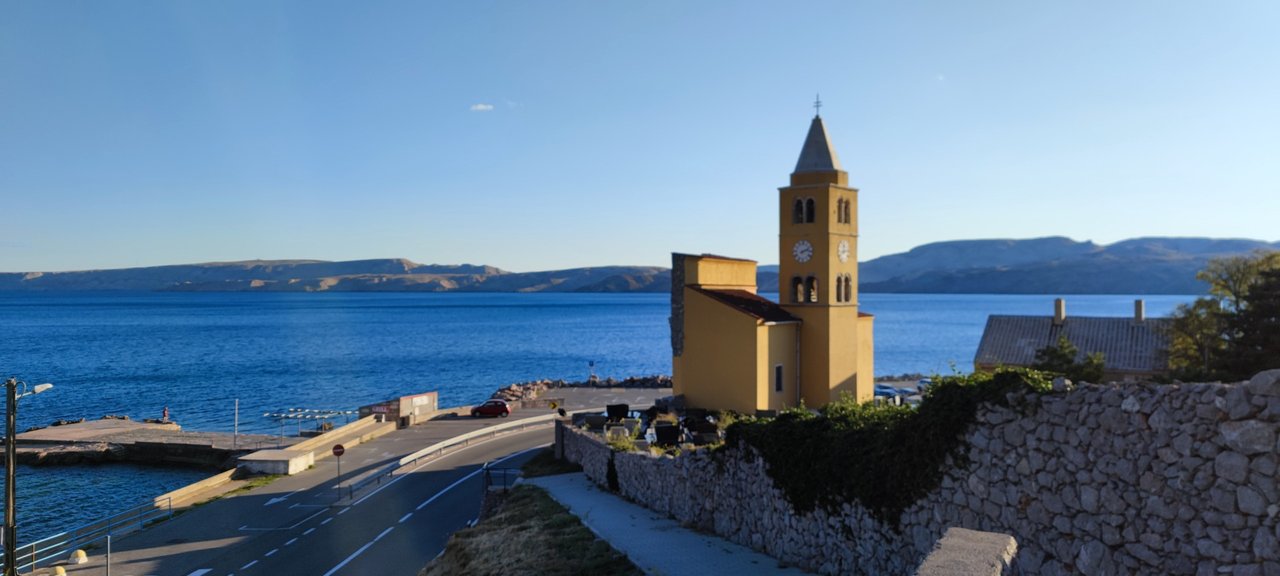 One of the old churches.
One of the old churches.
Coastline under the sun
Only those who always move along the sea get the feeling that tourists overcome who are driving along California's highway number 1. There is something to discover everywhere, there is something to see everywhere, nature and natural parks, wild cliffs, wild animals, steep slopes, lonely villages. This area, which has changed owners time and time again over the millennia, has so many stories to tell.
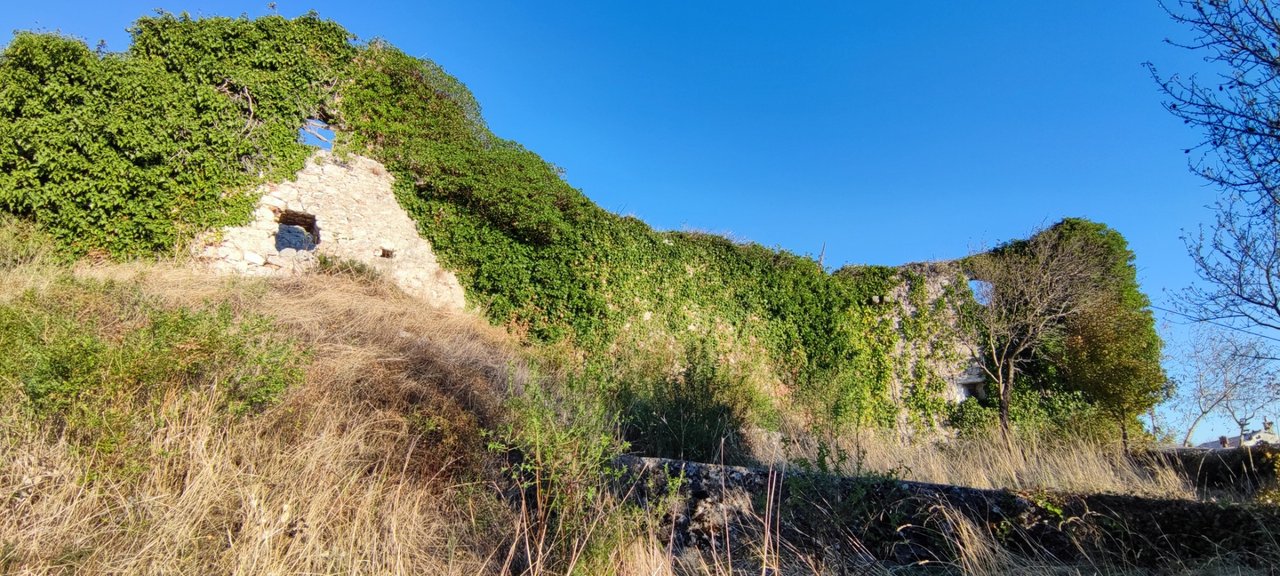 The grass coated castle
The grass coated castle
The coastal landscape lies in the bright sun, the sea shimmers blue to the horizon, the rocks are white and the trees are green. The old houses cling to the slopes like monkeys, while the concrete buildings that have been built in recent years are built into the mountains like fortresses.
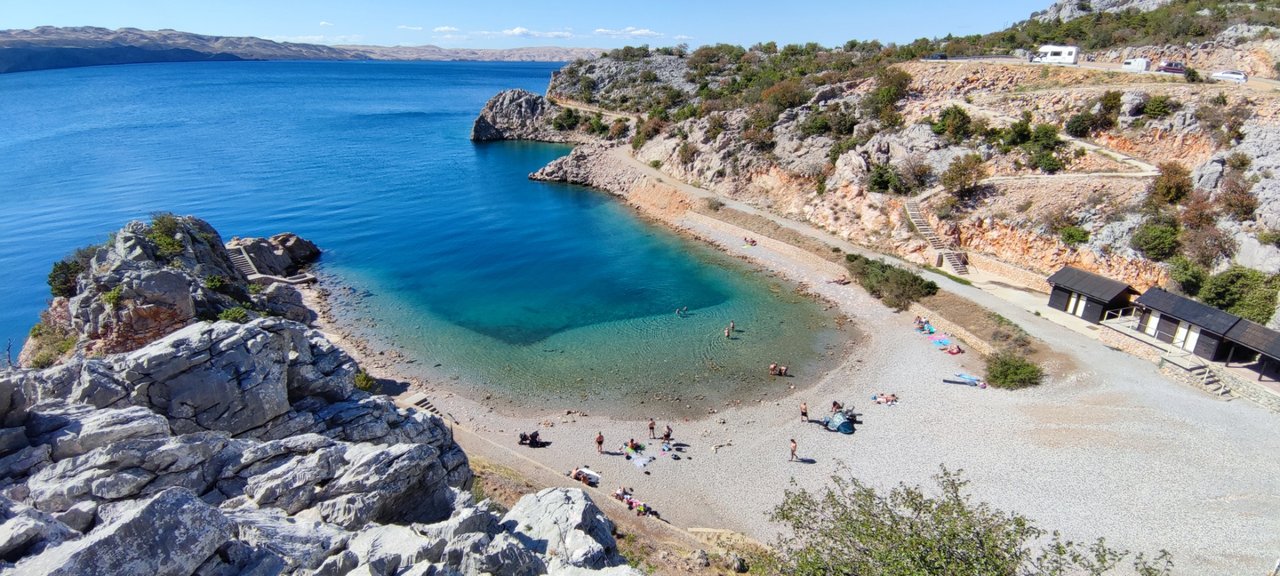 A beach nearby
A beach nearby
On the other hand, remnants of earlier times are still hidden here and there in the hills. Near Karlobag, a small village not far from Rijeka, a small square fortress was built in the Middle Ages right by the sea. Unlike other nearby forts that are still in use today, the 13C or 14C castle has now crumbled into a heap of stones.
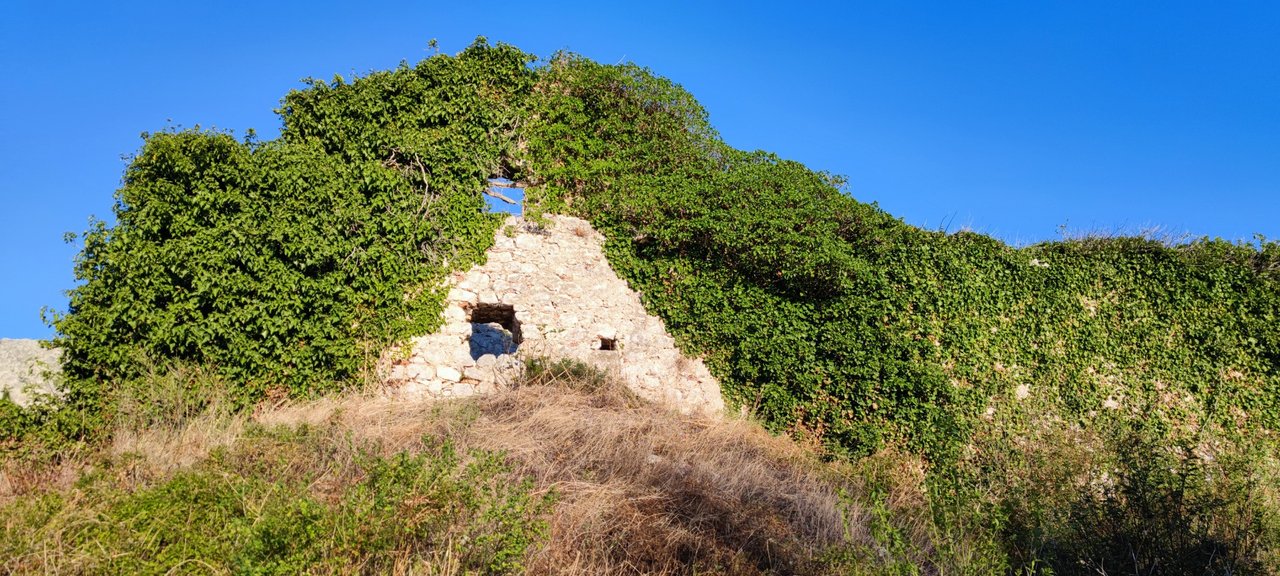 The former wall of the fortress
The former wall of the fortress
The mountains of rubble lie on a higher plateau with a preserved defensive tower in the middle. The fortress under her coat of grass overlooks the sea from a height of 250 meters above sea level. Goats walk across the lawn. Virginia creeper climbs the walls.
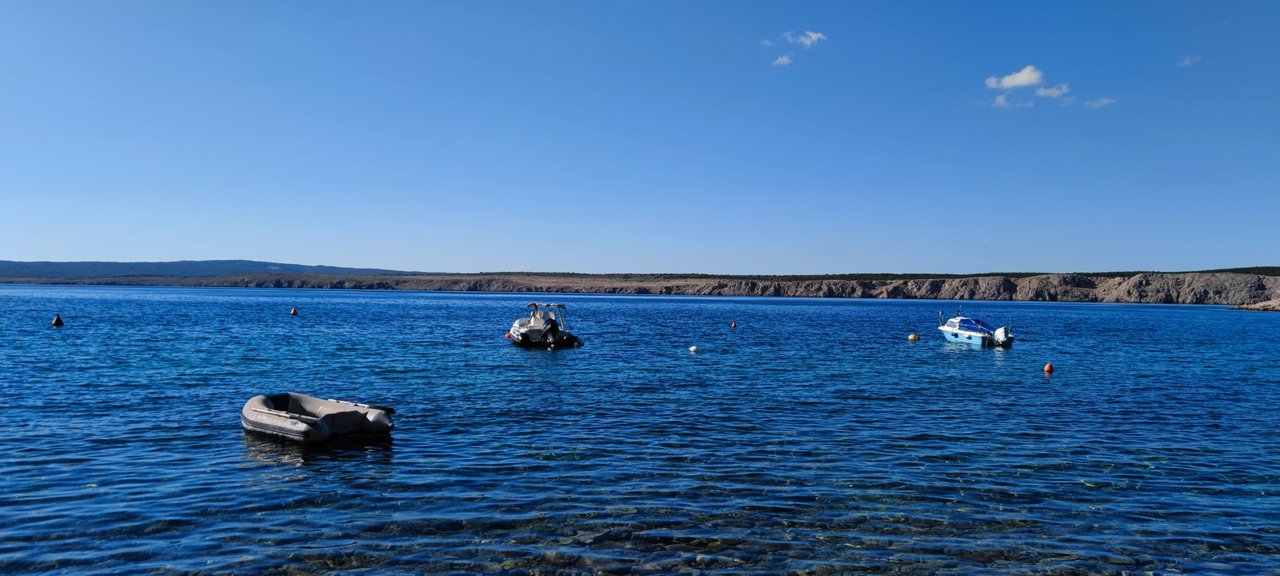 The sea near the castle
The sea near the castle
Deep hole in the ground
The fortress is entirely privately owned, with an artist occupying a portion that is still standing. A chaplain and a small crew used to live here, he says, the men were constantly in the fortress and they took care of the security of the town and supervised the navigation to Pag. In the event of a siege, there was a water supply cistern, which today is just a deep hole in the ground. Party leftovers spread across the landscape. The artist next door lets the youngsters do their thing, he also likes to show tourists around his Mediterranean kava garden with an exhibition of mosaics he made himself.
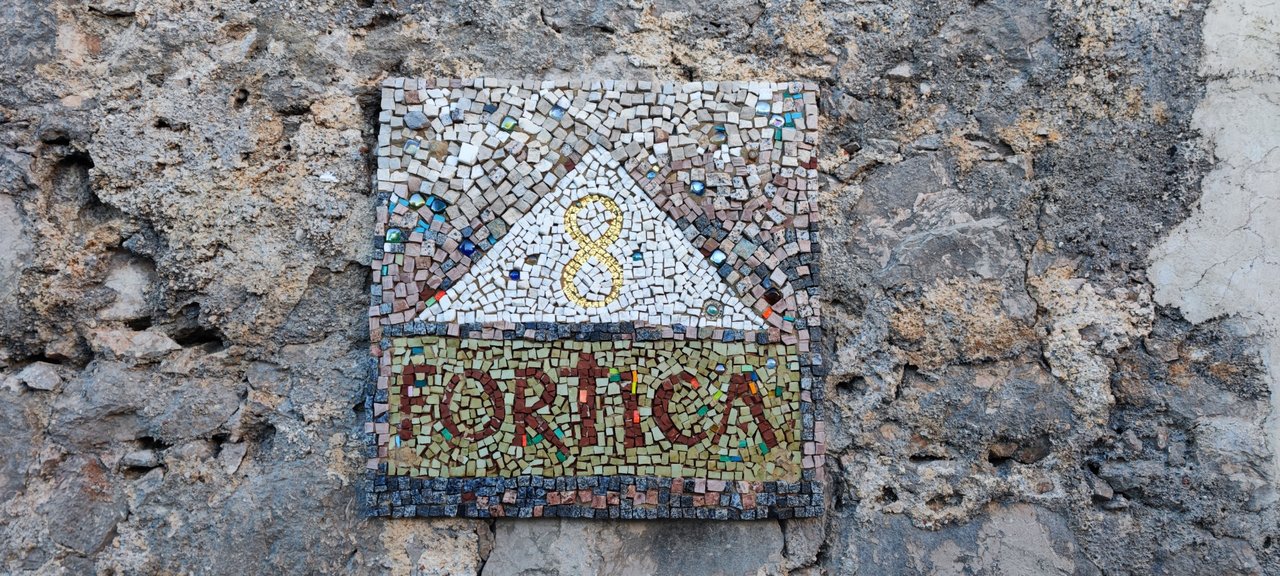 "Forifica" means fortress
"Forifica" means fortress
Kava means quarry in Croatian and this probably refers to the fact that all the stones for the paved squares and the buildings for the formerly rectangular fortress had to be hauled here from a nearby quarry. Fortica, as the Katell was called, is considered to be the fortress which, of all similar fortresses on the Adriatic, was most frequently destroyed and yet rebuilt during its active life.
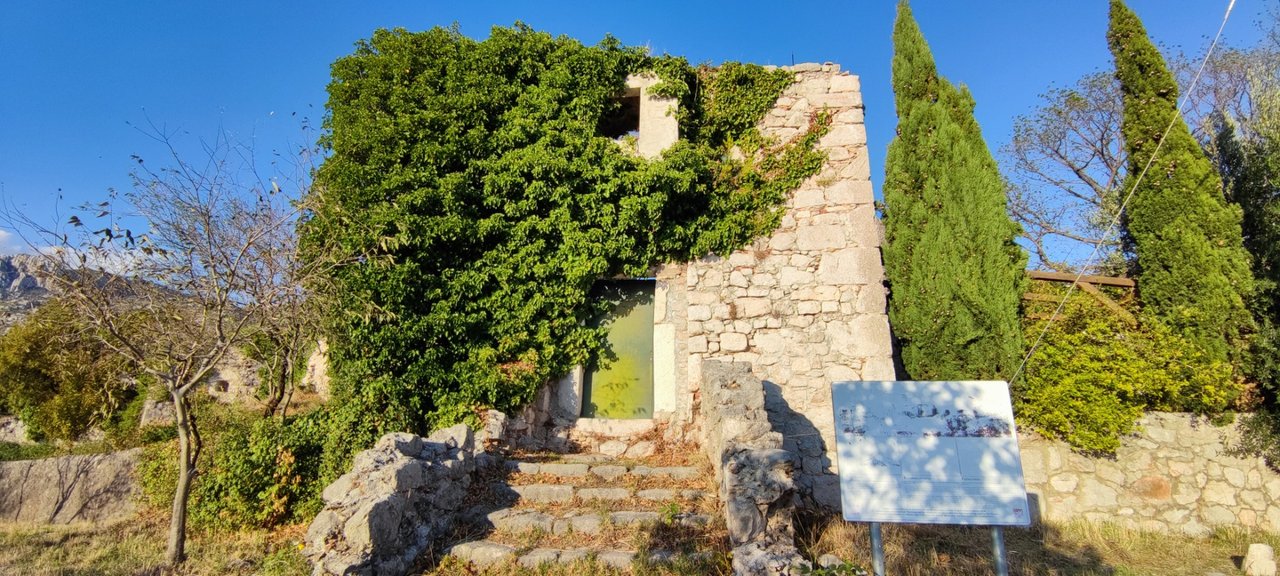 The door into... nothing
The door into... nothing
Originally built in 1251, it was destroyed by the Turks, Venetians, French, Spanish and then retaken and rebuilt by the same armies. The last restoration was completed in 1825, but a short time later the fortress lost its importance, the state sold it and the decay began.
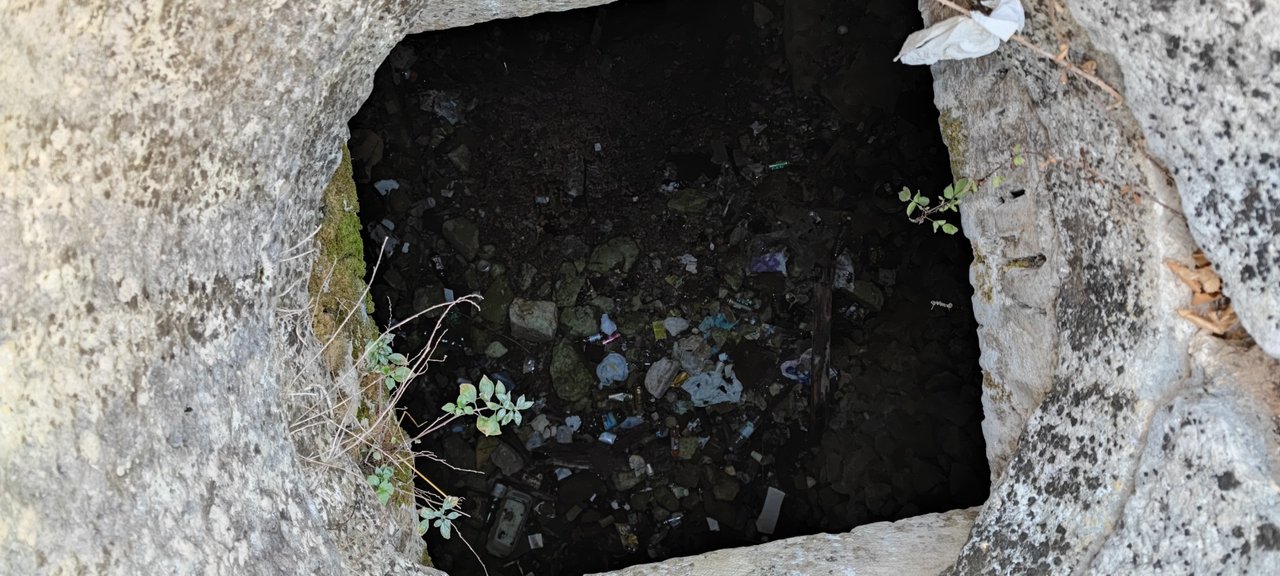 A hole is all that remains
A hole is all that remains
Everything looks picturesque
200 years later there is not much left. But that looks picturesque. From up here you can look relaxed and untroubled by other tourists over the Adriatic coast to the island of Pag, west of Gospić and south of Senj. Karlobag has only 917 inhabitants, and only about half of them live in the town itself, mostly from fishing and tourism. One can go boating and hiking here, the Velebit mountain rising above Karlobag is a biosphere reserve full of rare animals, currently the only one in Croatia.
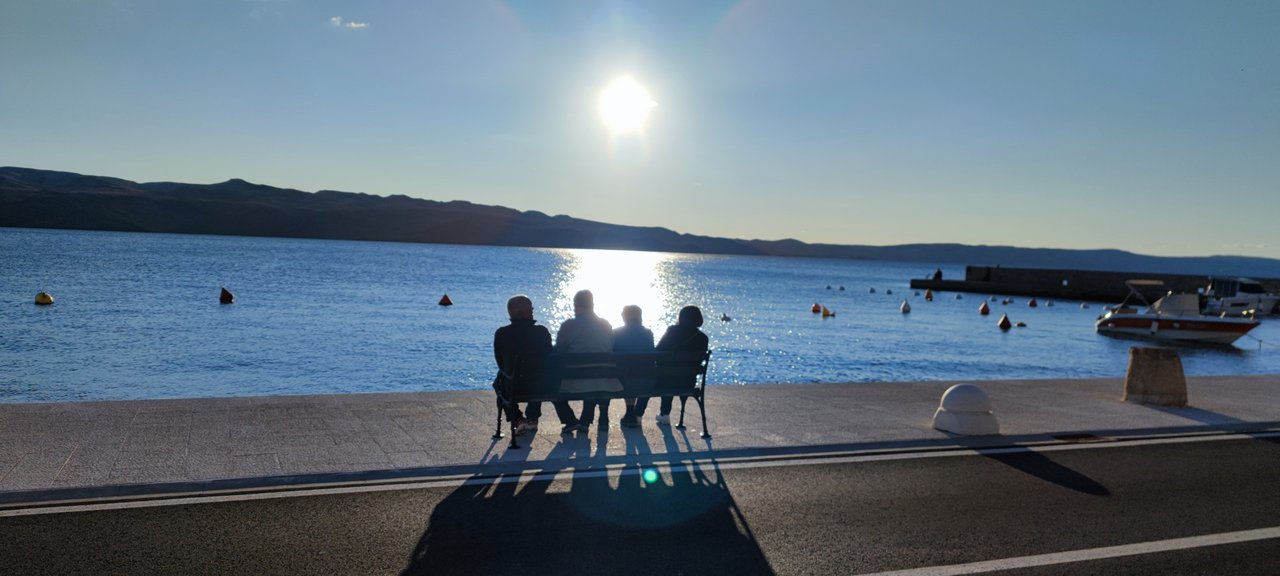 The world goes slow here
The world goes slow here
Anyone who walks through the narrow streets, which are also in the shade at midday, who climbs the steep steps that lead up to the fortress, has an idea of how much history must have happened here since Charles IV, Emperor of the Holy Roman Empire, founded the city in the 14th century. And for the sake of simplicity he named it after himself – he wasn't exactly modest.
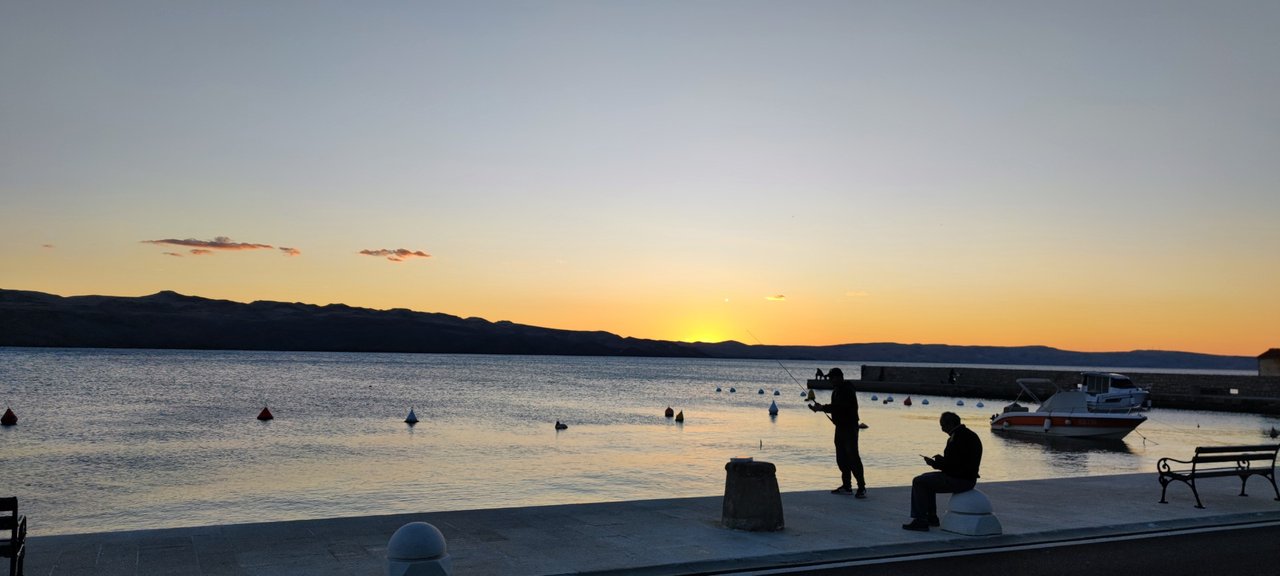 Fishermens are the only moving elements
Fishermens are the only moving elements
However, "Karlo", the Croatian variant of Karl, was not the first ruler to fall in love with this corner of the coast. The Roman historians Pliny and Ptolemy already mention Karlobag as "Vegia", a place that perished during the migration of peoples and was completely destroyed. It was not until the 7th century that the Croats built a new settlement, which later became known as Bag and became the seat of a noble family was.
Destroyed and rebuilded
The Turkish invasion completely changed the course of development of this town. In 1525 Karlobag was completely destroyed by the Turks, only the fortress with a small military presence survived. While Venice was considering whether to abandon the town altogether or rebuild it, the inhabitants turned to the Austrian Archduke Charles and asked to help them rebuild. "Karlo" helped and Bag became Karlobag.
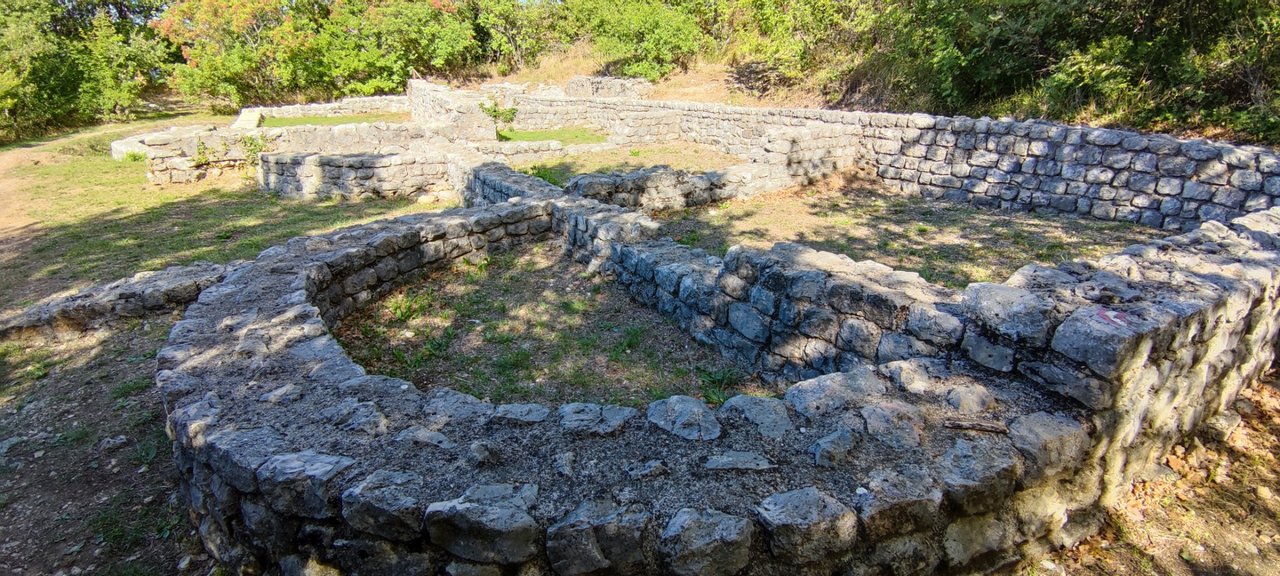 The remains of a romanian castle
The remains of a romanian castle
A little later the jealous Venetians came, they conquered the fortress and destroyed the town. The Austrians drove them out again. And during Napoleon's reign, in 1813, Karlobag was shelled by English warships for a change.
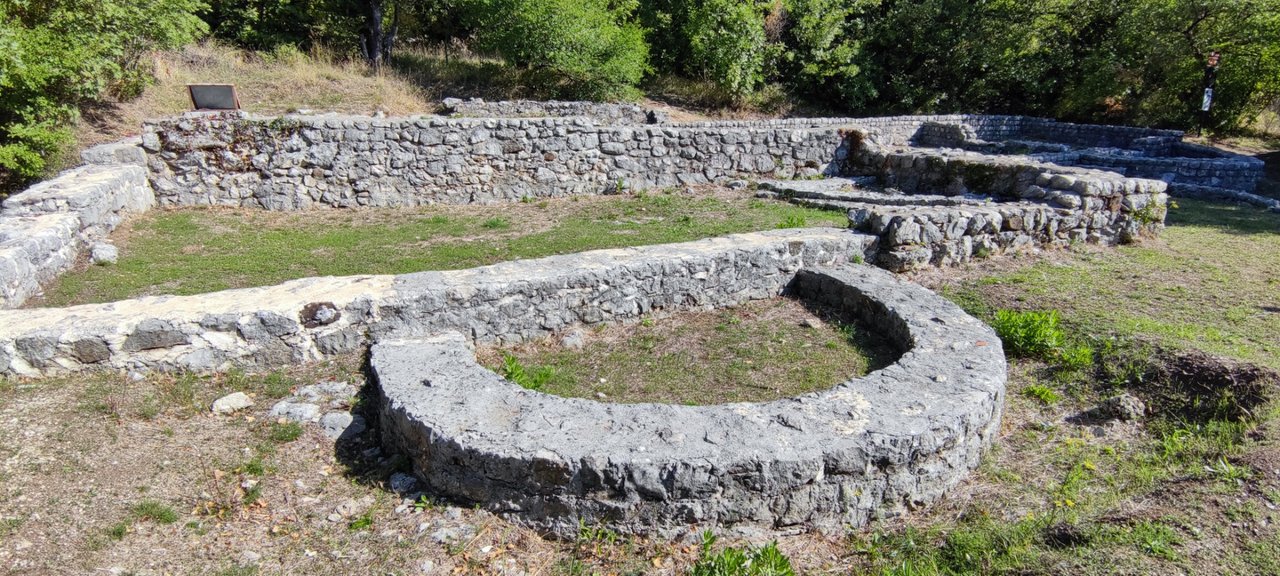 Rom is where you roam
Rom is where you roam
But there is still a lot left. For example, the church of St. Charles Borromeo and the Capuchin monastery from 1713 with many old paintings, the most important cultural monument of the city. Next to the Fortica stands the baroque church of St. Charles of Borromeo, built where an older church stood before. Everything changes. Everything remains. The sea in front of the door roars. The streets are empty. The ice cream parlor is closed. It smells of sun.
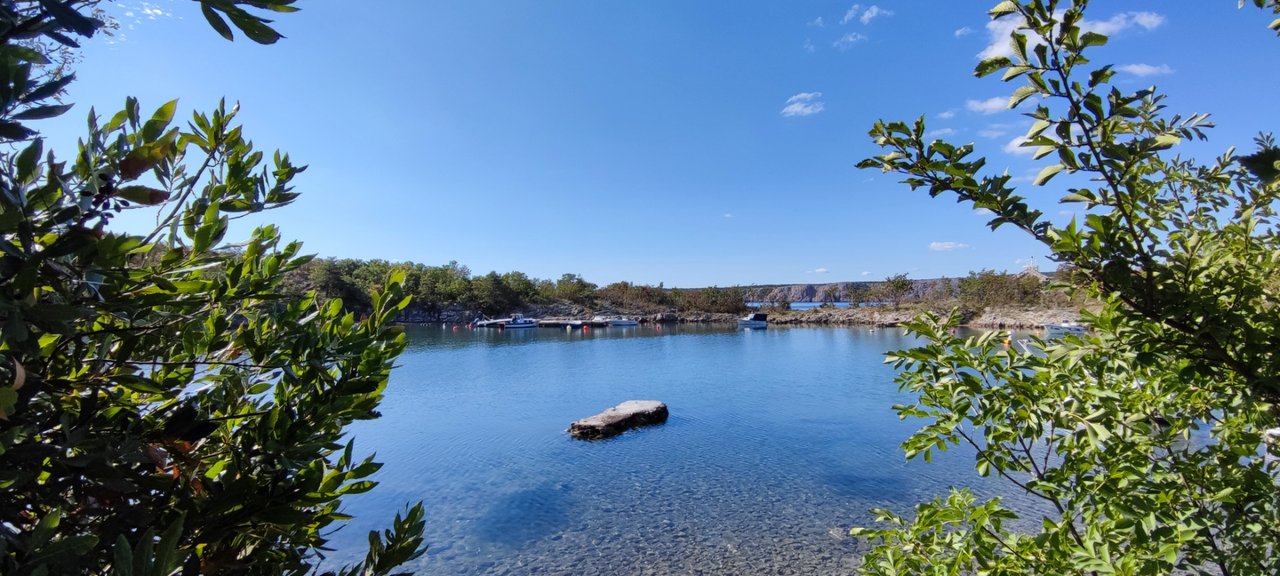 The Romanians had their own bay
The Romanians had their own bay
Thank you for reading and if you like my work please follow me on Hive, Travelfeed or Steem or visit my homepage koenau.de
A few more pictures:
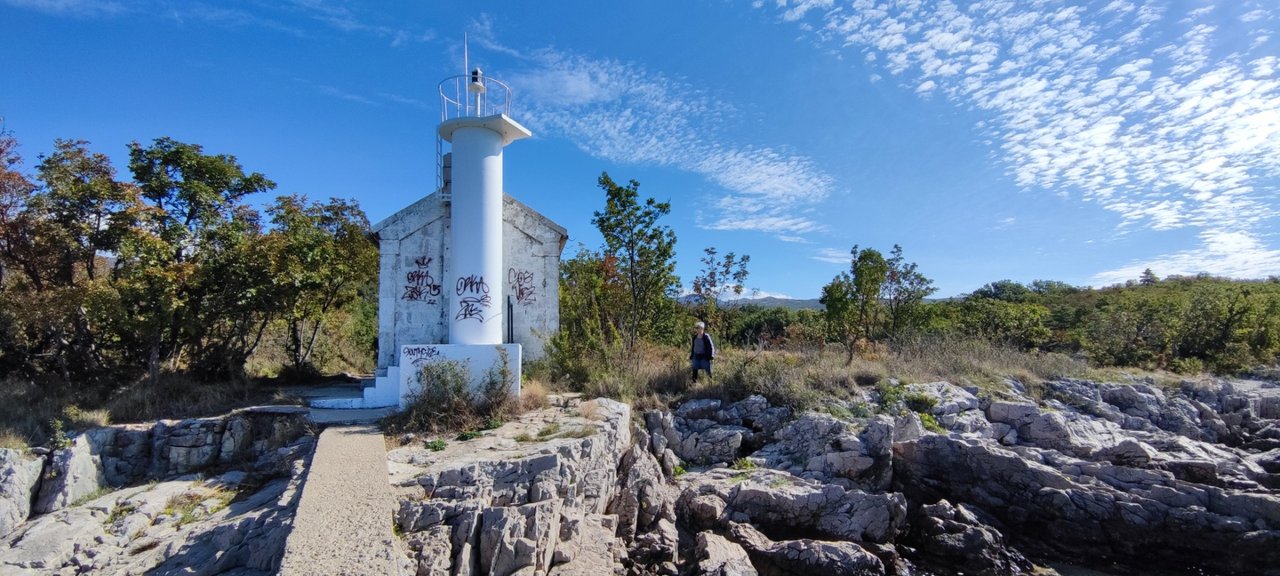 The light house, a very small one
The light house, a very small one
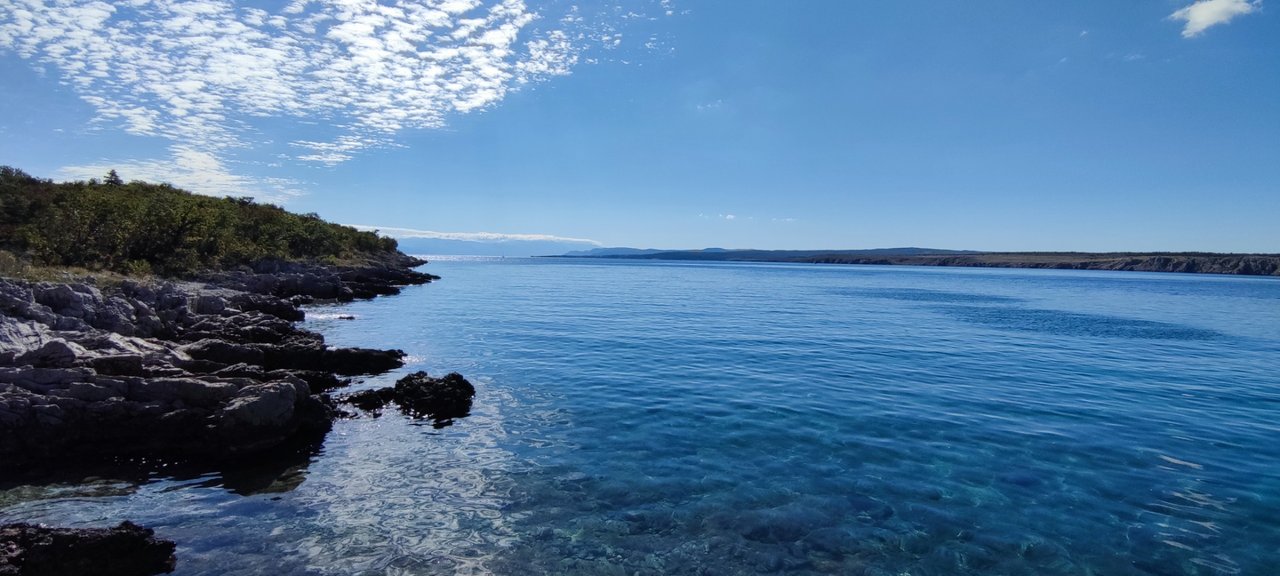 The sea, very huge
The sea, very huge
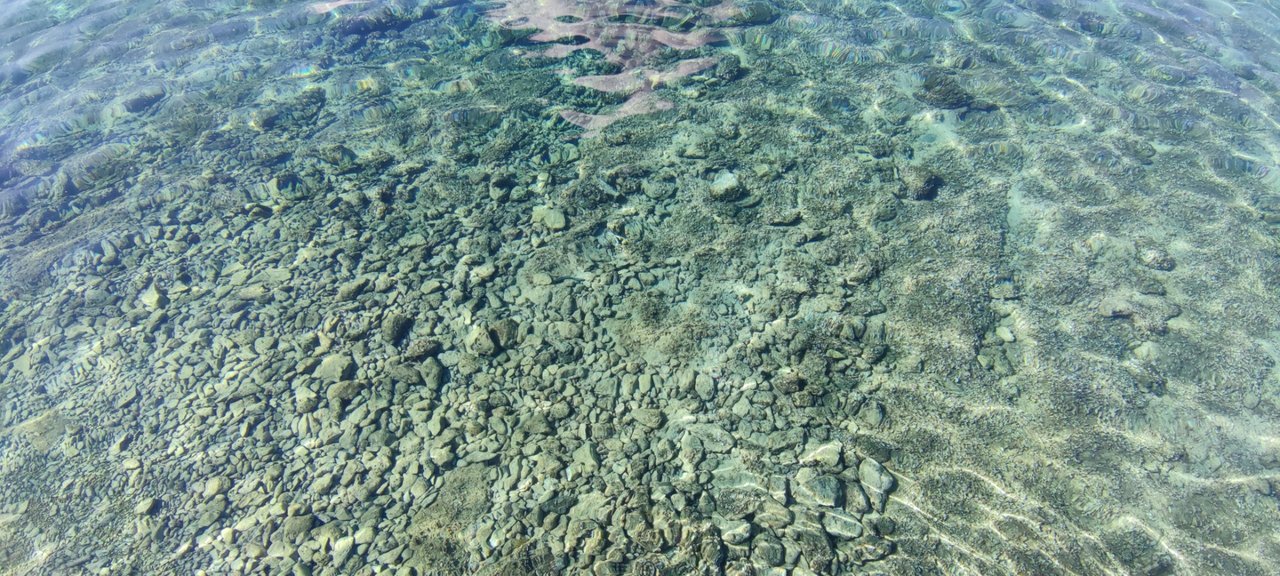
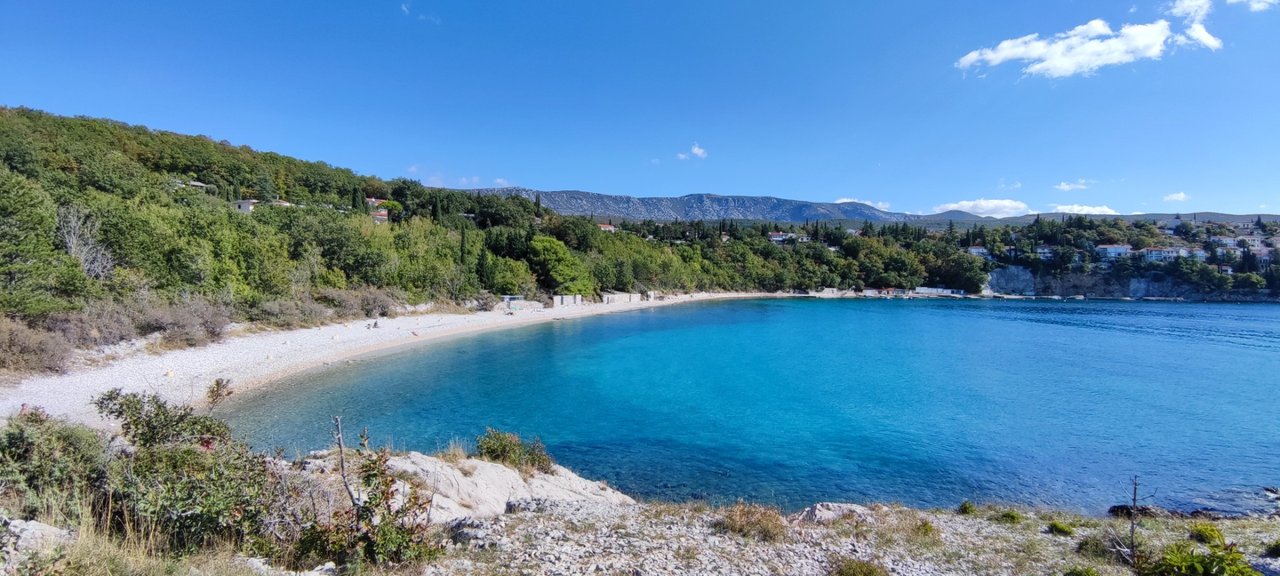

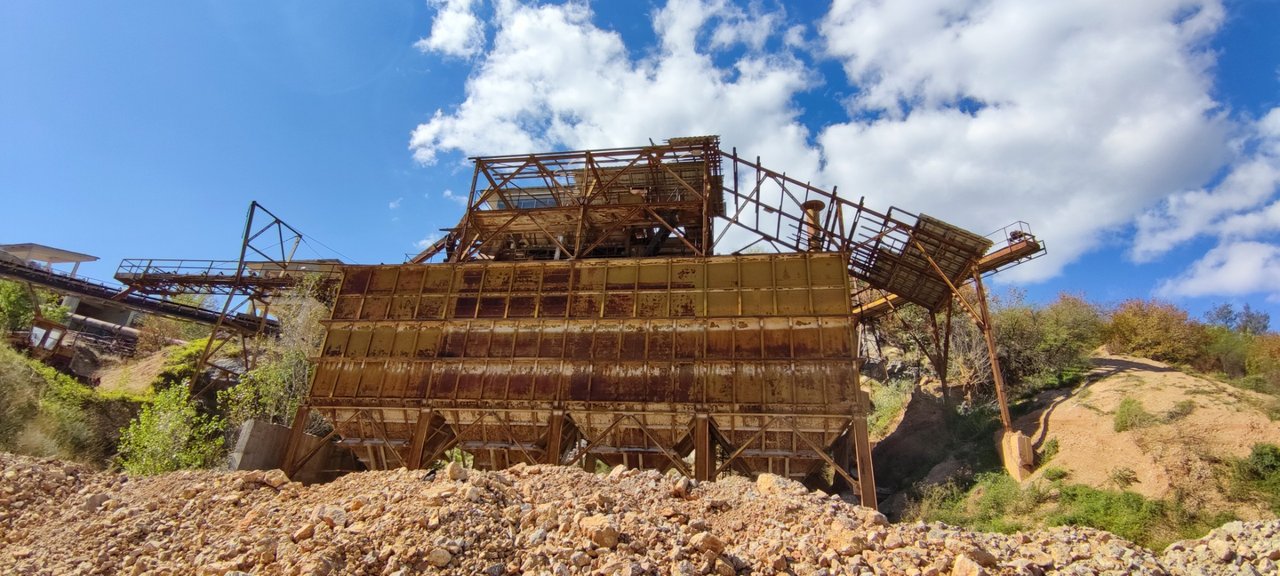 The place where a mine was under the socialist regime
The place where a mine was under the socialist regime
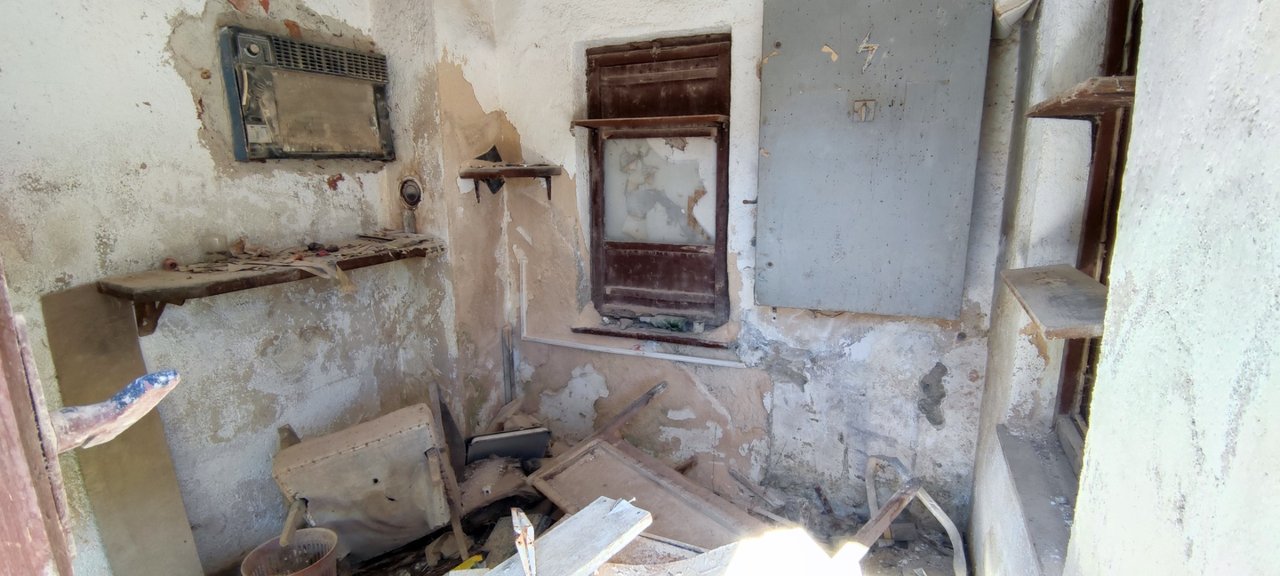 They are all long gone
They are all long gone
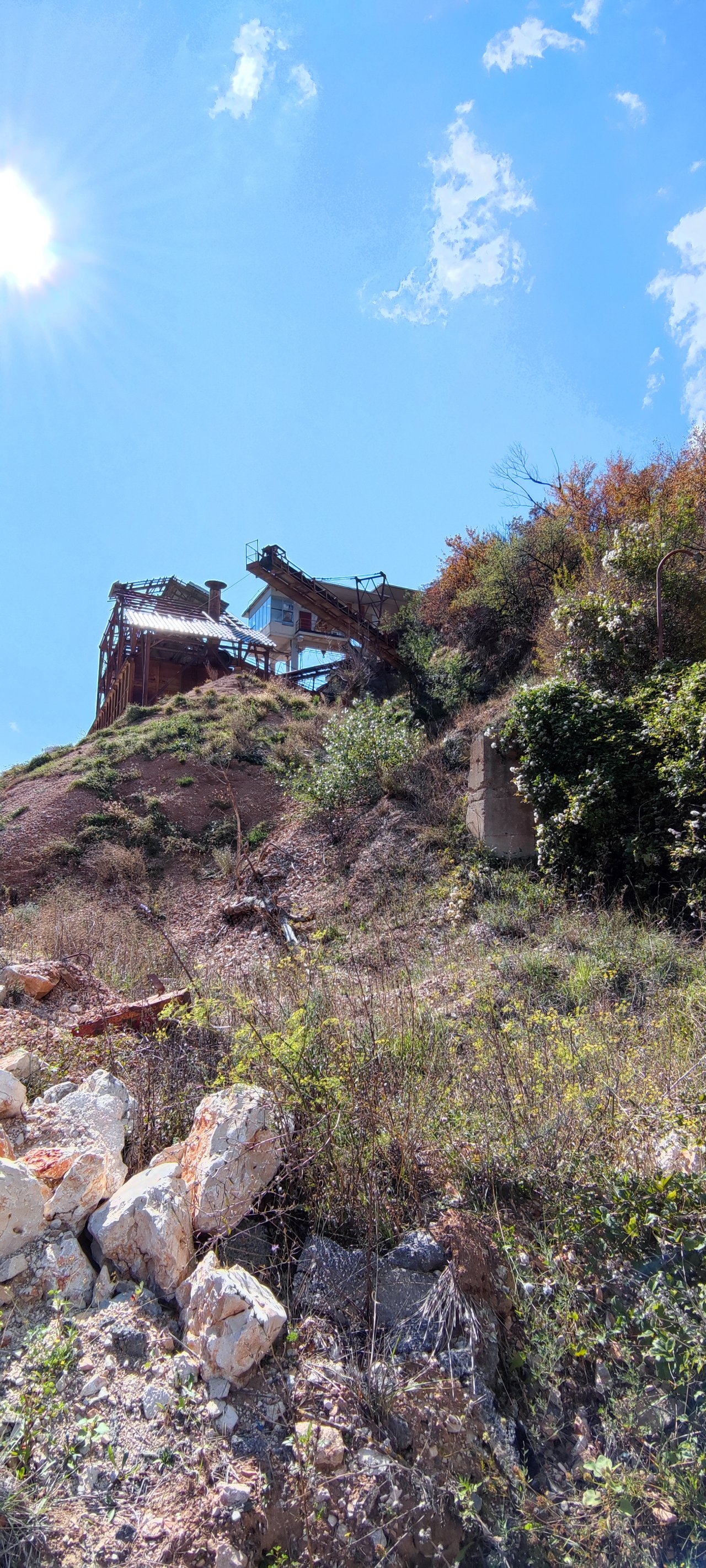 No one works here anymore
No one works here anymore
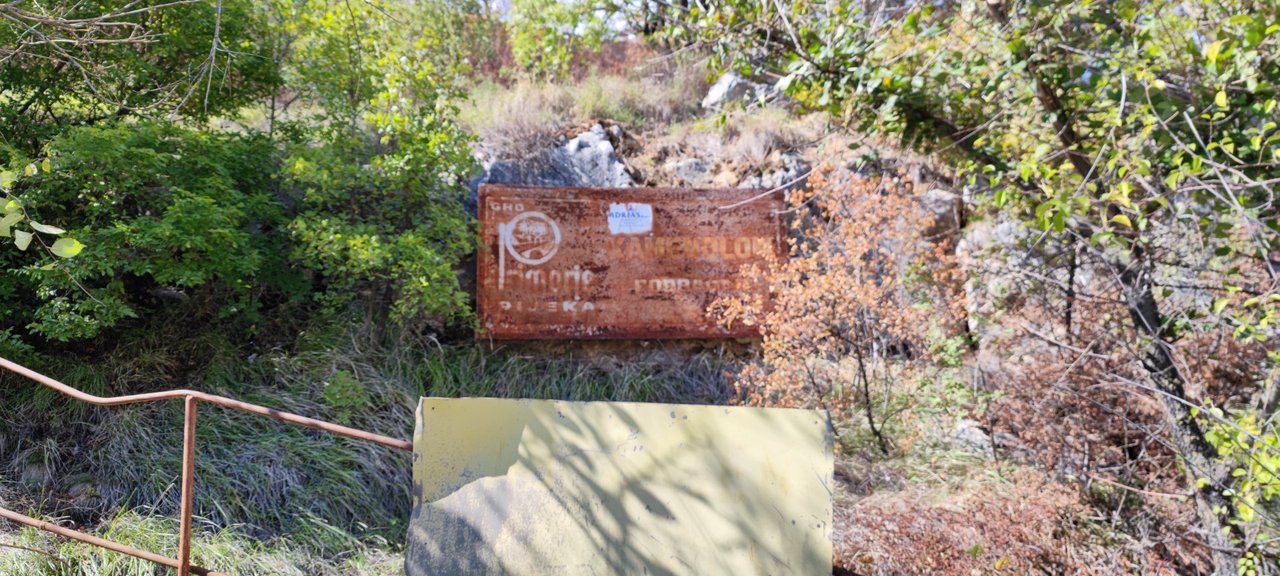
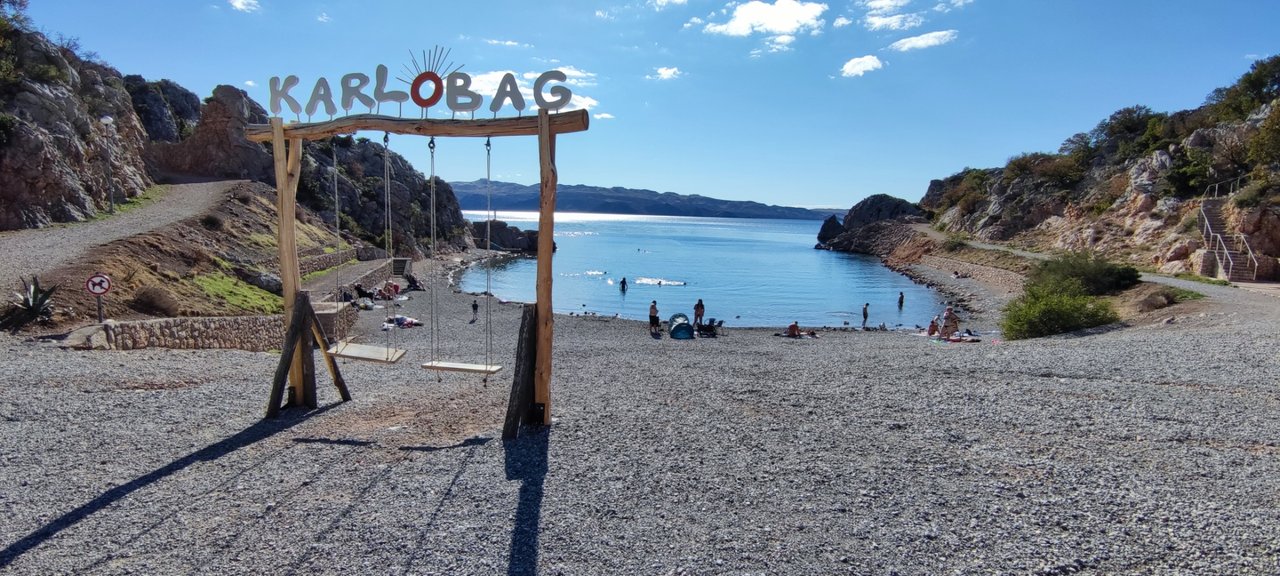 No sandy sheets on this beach
No sandy sheets on this beach
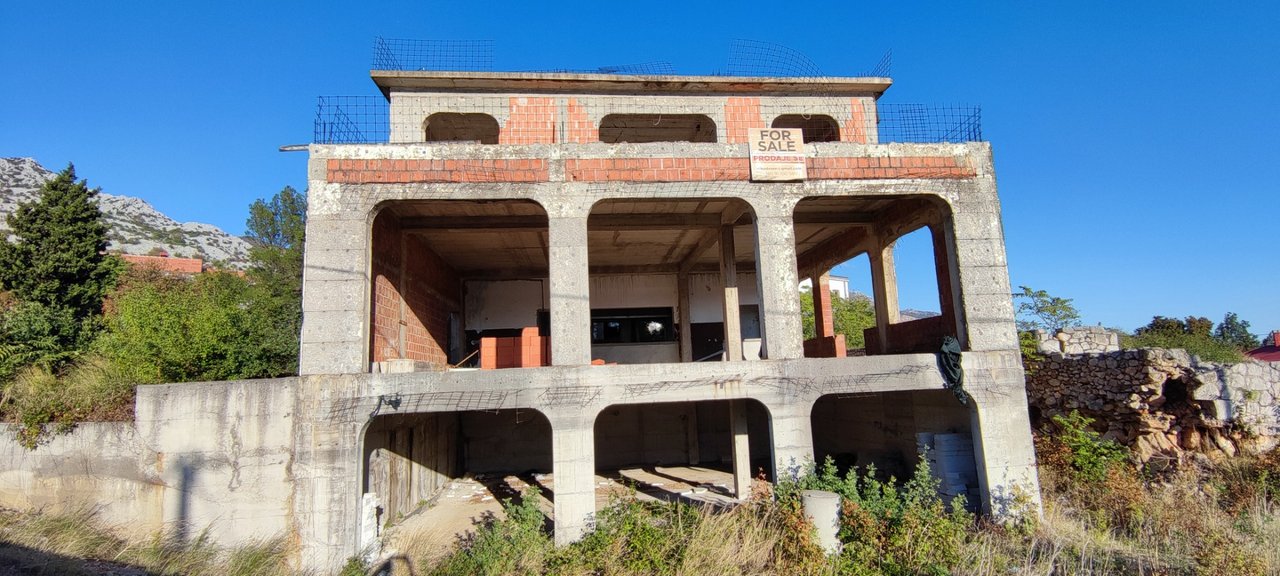 They're giving up
They're giving up
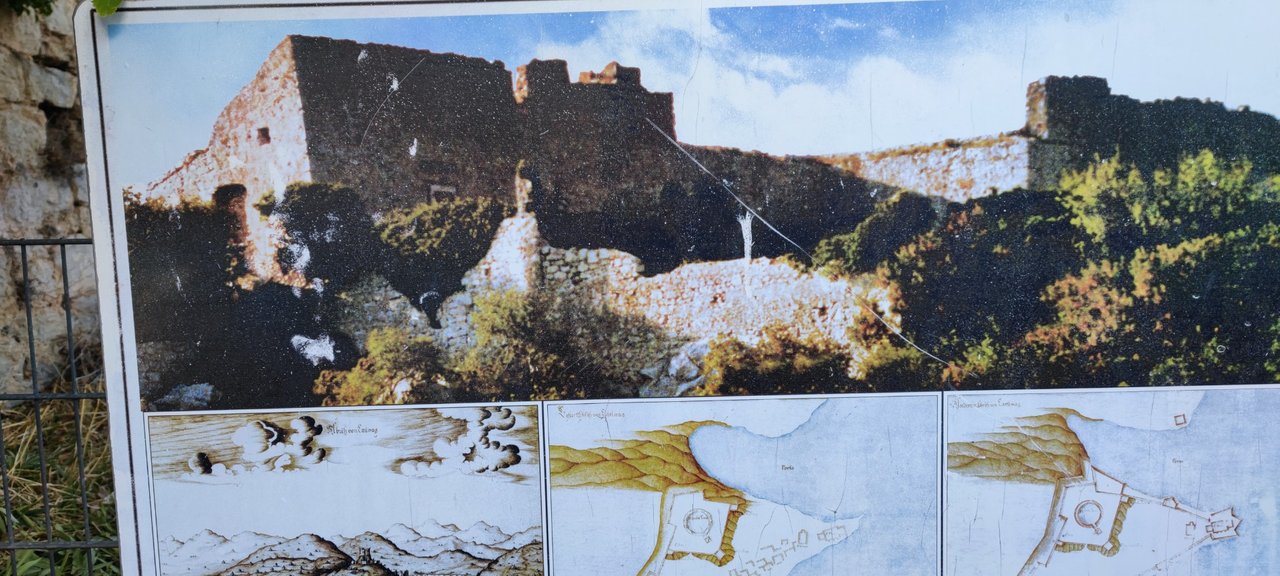 This is how it look years ago
This is how it look years ago

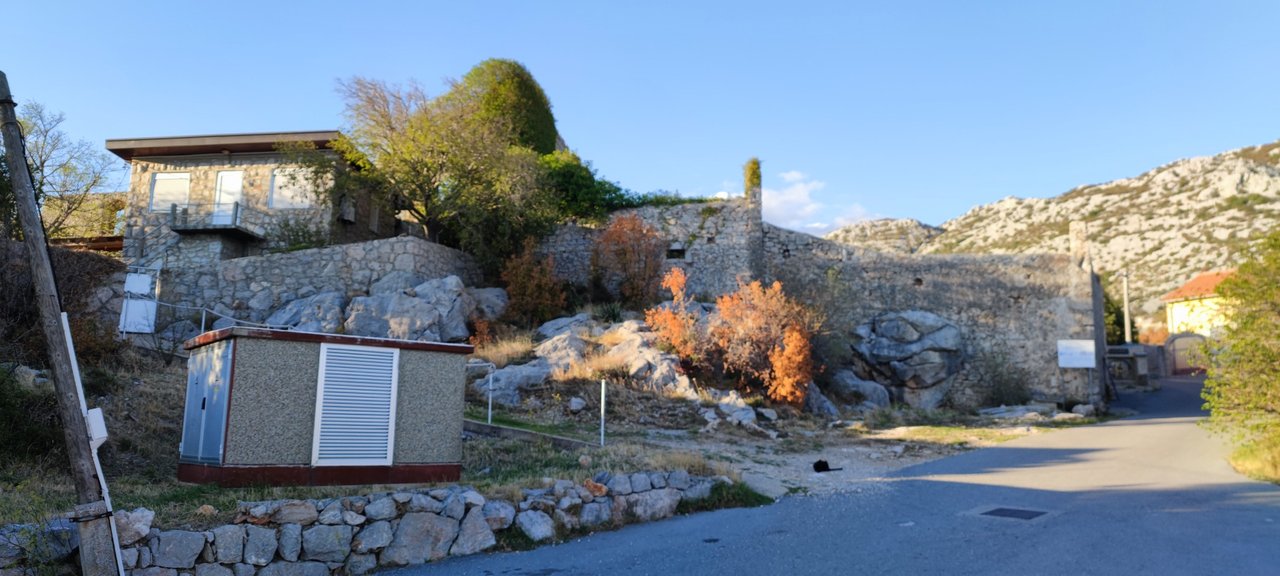 The palace of the mosaic artist
The palace of the mosaic artist
